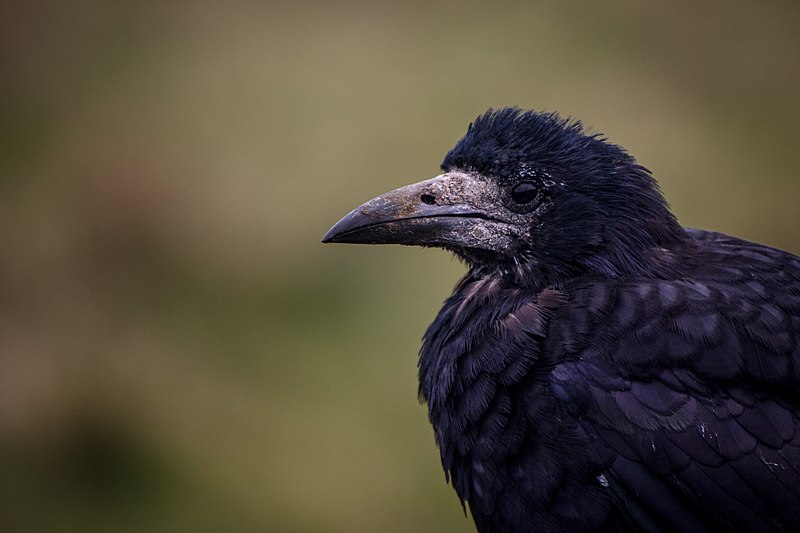Greater Wellington asks the region to ‘look for rooks’
Greater Wellington is calling on the region’s rural community to ‘look for rooks’, as the birds’ breeding season nears.
Recognisable by their glossy, bluish-purple feathers and harsh “kaah” call, rooks cause significant crop damage by destroying newly sprouted seedlings.
The introduced species is a member of the crow family, which Greater Wellington is trying to eradicate through the Regional Pest Management Plan.
Greater Wellington’s Wairarapa Councillor Adrienne Staples says rooks can create havoc for the agricultural industry, on top of damage caused by climate change.
“With stronger and more severe weather events drowning and drying out crops, monitoring and controlling rook numbers is vital for our farming community and the region’s economy.”
Greater Wellington Pest Animals Team Leader Glen Falconer says it is critical the public reports rook sightings.
“Our work with landowners and other regional councils over the last ten years has reduced rook numbers by 86 percent but we need help from landowners and the community to make sure the population continues to decline.”
A rook nest or ‘rookery’ is likely to be spotted in a pine or gum tree, sometimes near buildings or houses.
“While we want assistance to look for rooks, removing nests is a specialist task which needs to be done by a Greater Wellington Biosecurity Officer”, Mr Falconer said.
“Attempting to do this yourself can cause unnecessary distress to the birds and make the problem worse, as they may disperse and build another rookery.
Members of the public who see rooks or a rookery should report them to Greater Wellington straight away.

Get in touch
- Phone:
- 0800 496 734
- Email:
- info@gw.govt.nz
